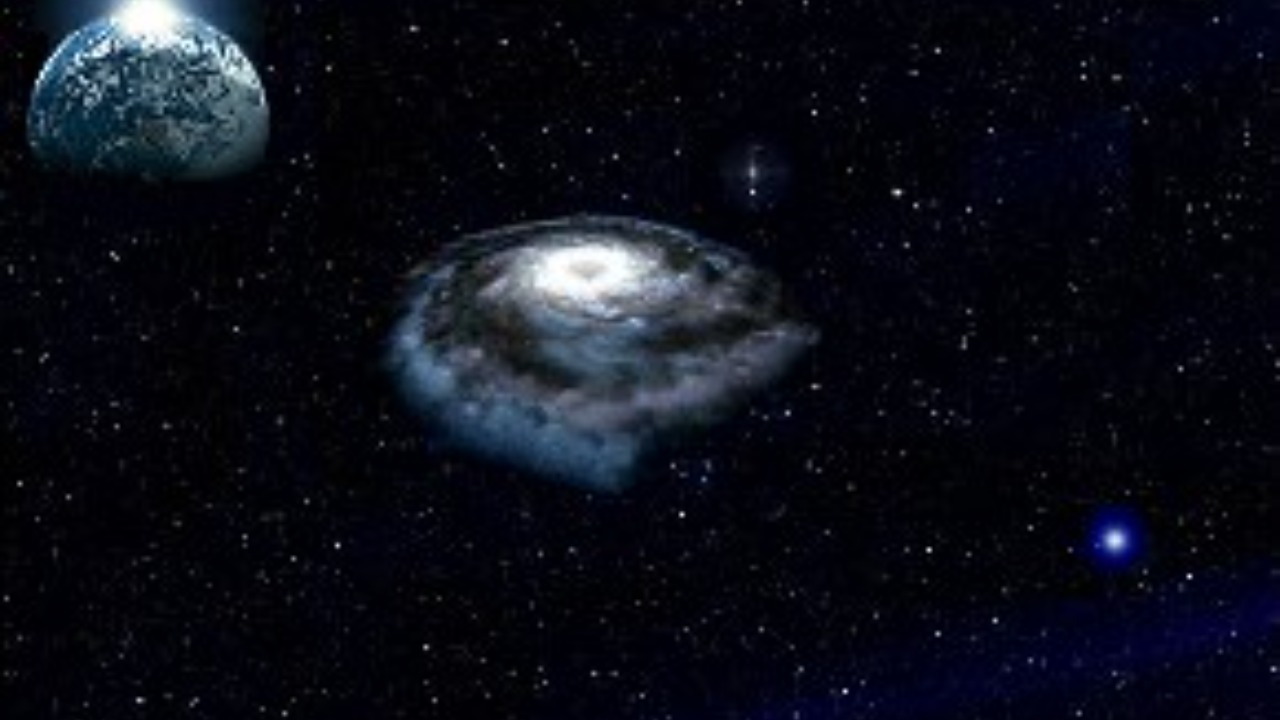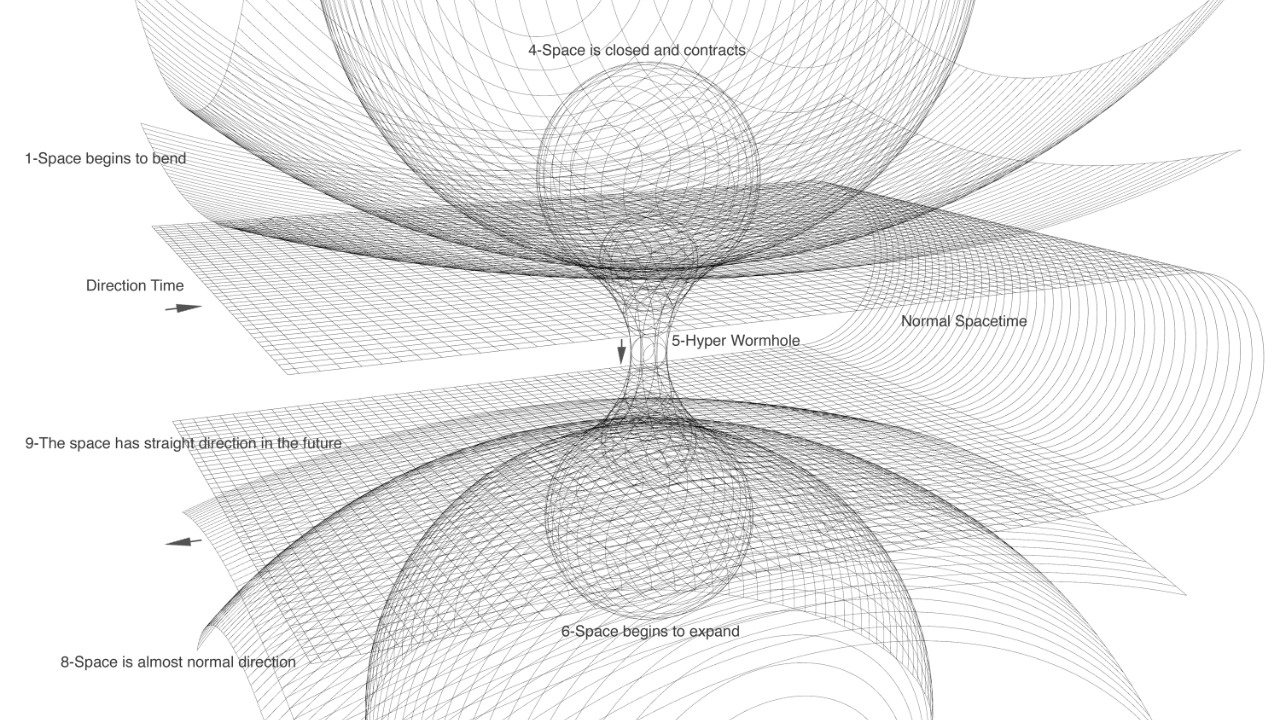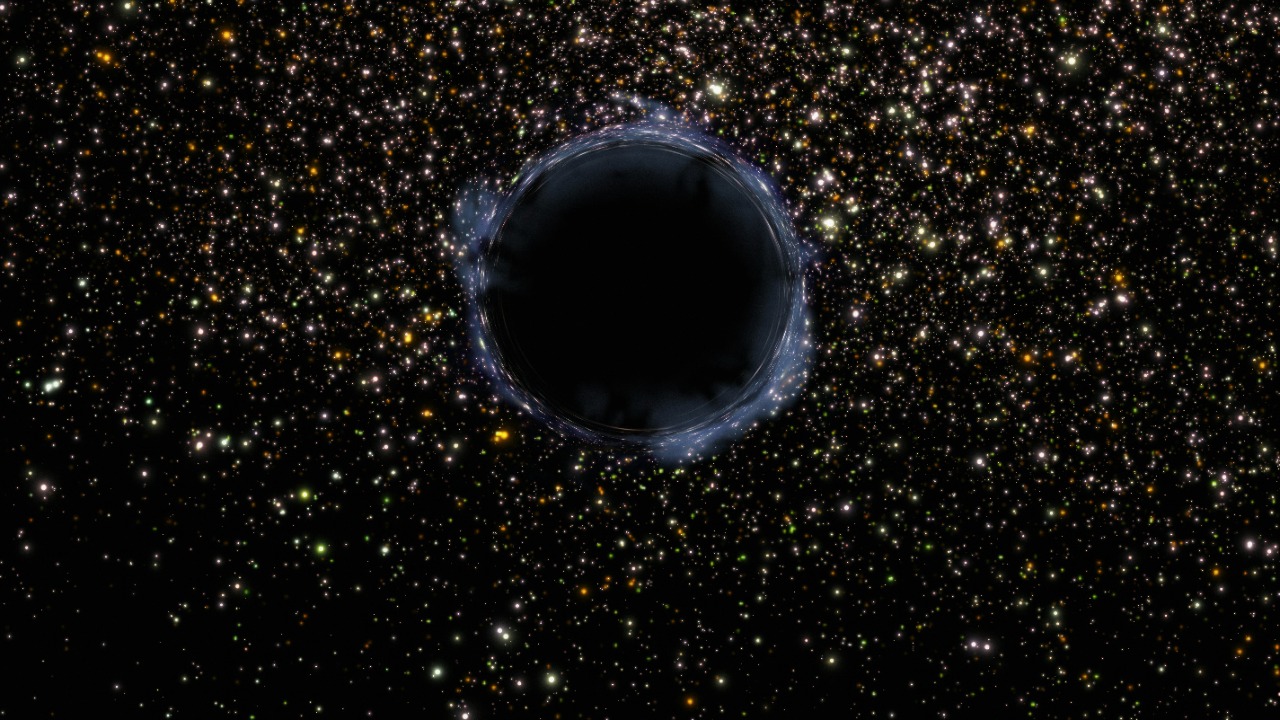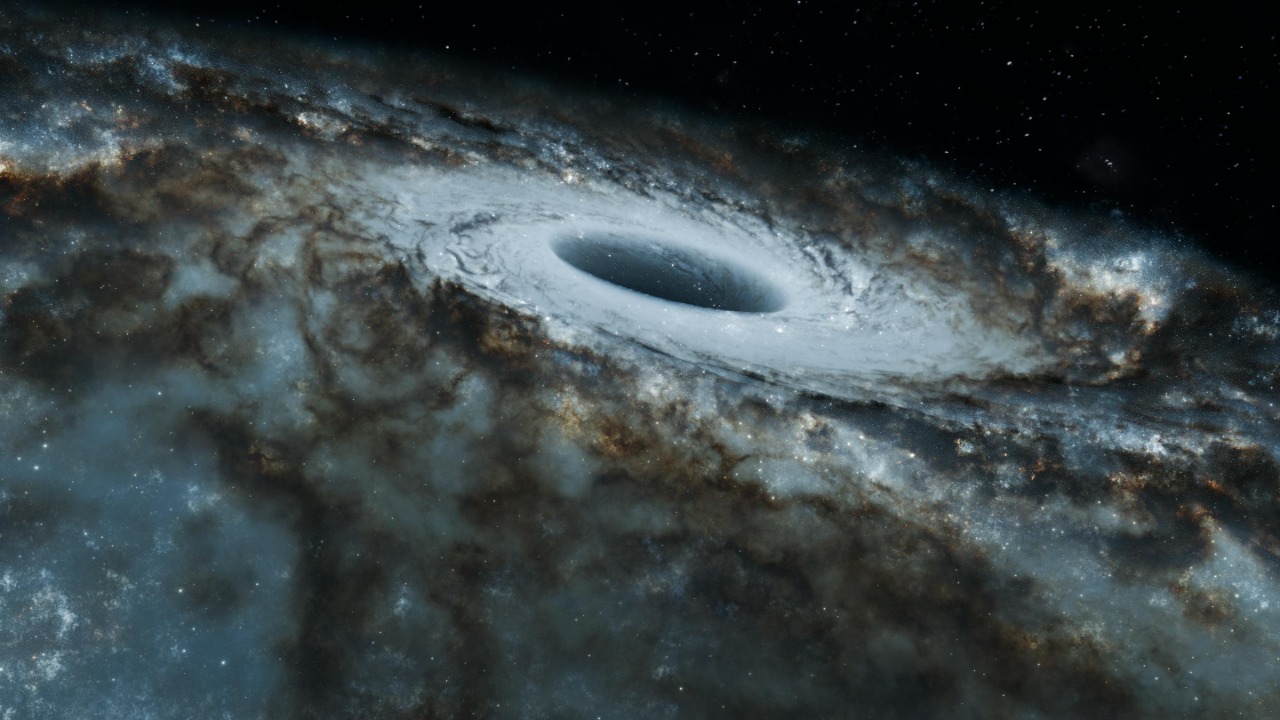
Wormholes have fascinated scientists and science fiction enthusiasts alike for decades. These theoretical passages through space-time could potentially allow for faster-than-light travel or even time travel. While wormholes remain unproven, several intriguing theories suggest they might be possible. Here are five compelling wormhole theories that could one day prove to be true.
The Einstein-Rosen Bridge Theory

The Einstein-Rosen Bridge is one of the earliest theories about wormholes, proposed by Albert Einstein and Nathan Rosen in 1935. According to this theory, a wormhole is a bridge connecting two separate points in space-time. These bridges arise from solutions to the equations of general relativity, which describe the gravitational effects of massive objects.
However, Einstein-Rosen Bridges are thought to be unstable, potentially collapsing too quickly for anything to pass through. While intriguing, practical use of these wormholes remains a distant dream.
The Traversable Wormhole Hypothesis

Unlike the Einstein-Rosen Bridge, the traversable wormhole hypothesis suggests that wormholes could be stable and large enough for travel. Proposed by physicists such as Kip Thorne, these wormholes could theoretically allow for travel between distant regions of the universe.
The key difference is that traversable wormholes would require a type of negative energy, potentially made from exotic matter, to remain open and stable. While exciting, the creation of such a wormhole is currently beyond our technological capabilities.
The Quantum Foam Suggestion

The concept of quantum foam offers another fascinating possibility for wormholes. In this theory, space-time is composed of tiny, fluctuating structures at the quantum level. Within this foam, miniature wormholes might constantly form and disappear. While these wormholes would be far too small for any practical travel, they raise the possibility that larger, stable wormholes could exist.
Further exploration of quantum mechanics and the nature of space-time might one day uncover the secrets of these elusive structures.
The Time Travel Possibility

Wormholes have long been associated with the tantalizing possibility of time travel. Theoretically, if a wormhole connects two points in space-time, it might also allow travel between different times. Some physicists suggest that, by manipulating one end of a wormhole, it could become a time machine.
However, this raises complex questions about causality and the nature of time itself. While it’s a captivating idea, the potential for time travel through wormholes remains speculative and fraught with paradoxes.
The Exotic Matter Requirement

A recurring theme in wormhole theories is the need for exotic matter. This hypothetical substance possesses negative energy density, allowing for the stabilization of a wormhole’s throat. Exotic matter is a crucial component for keeping a wormhole open and traversable.
While some experiments have hinted at the existence of negative energy, exotic matter has yet to be observed directly. Overcoming this hurdle is essential for any practical application of wormhole theories, making it a key area of research for physicists.